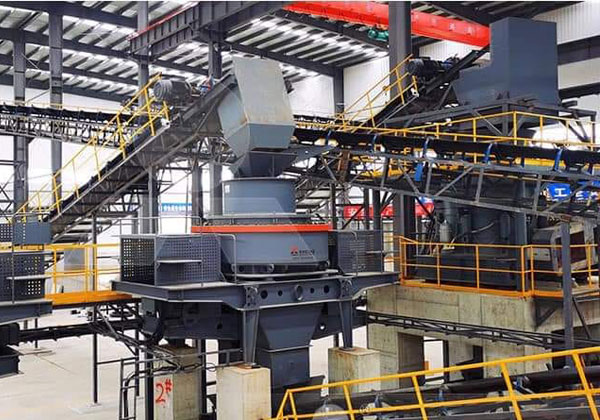An impact crusher is a versatile and high-efficiency crushing machine, widely used in the sand production line to produce high-quality aggregates for construction and other industries. Its unique mechanism and design make it ideal for breaking down medium-hard to hard materials into finely graded particles.

Functionality of an Impact Crusher
An impact crusher works by utilizing the force of high-speed impact to break down materials, typically rocks or minerals. Unlike a jaw crusher, which operates through compression, an impact crusher crushes materials by striking them with a rapidly moving rotor or hammers, causing the material to break apart upon impact. The crushing process involves two main components:
- Rotor: The rotor is a key part of the machine and is responsible for the high-speed impact forces. As material enters the crusher, it is accelerated by the rotor before being thrown against a stationary impact plate or a lining within the crusher housing.
- Impact plates or liners: These components serve as a surface where the material is further broken down after being struck by the rotor. The continuous impact leads to the material’s disintegration into smaller particles.
In the context of a sand production line, the aim is to produce fine aggregates or sand-like materials. Impact crushers efficiently meet this requirement due to their ability to create a cubical product with fewer fines and minimal angularity, which is ideal for construction and concrete applications.
Importance in Sand Production
- High Efficiency and Capacity: Impact crushers are known for their high throughput capacity and energy efficiency. They can handle a variety of materials, such as limestone, granite, and basalt, which are commonly used in sand production. These crushers are capable of processing large volumes of material in a short period, making them well-suited for high-capacity sand production lines that require continuous output.
- Shaping the Final Product: One of the standout features of an impact crusher in a sand production line is its ability to produce high-quality, well-shaped aggregates. This is particularly important in applications like concrete mixing, where the uniformity and angularity of sand particles can significantly affect the strength and durability of the final product. Impact crushers produce rounded particles with less angularity compared to jaw crushers, which helps improve the quality of the sand.
- Versatility: Impact crushers are versatile machines capable of handling a wide range of materials. In a sand production line, these crushers can be used for both primary and secondary crushing. For primary crushing, they can reduce large chunks of rock into medium-sized aggregates, while in secondary crushing, they refine these aggregates into finer particles, making them ideal for sand production.
In a sand production line, an impact crusher serves as an essential machine for shaping aggregates into high-quality sand products. Its efficiency, versatility, and cost-effectiveness make it a preferred choice for many industries involved in construction, concrete production, and road building. By delivering well-shaped, consistent sand and reducing the need for additional processing, the impact crusher significantly enhances the overall productivity and output of the sand production process.

